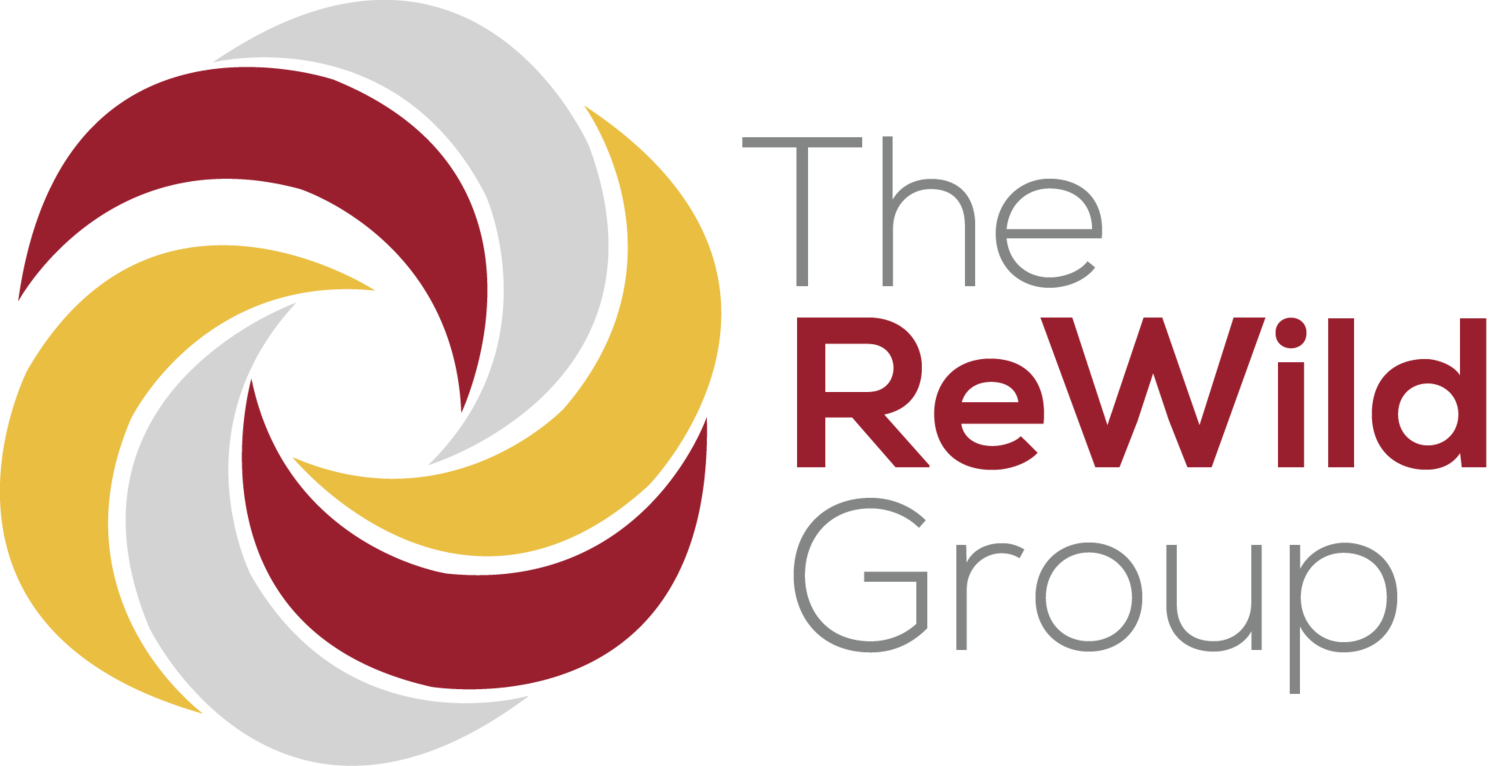
The ReWild Group Blog
Your home for relevant and engaging content serving small business owners and consultants. Subscribe so you don’t miss a post!
Builder-Protector Ratio in a Stage 4 Company
In Stage 4, the ideal Builder-Protector Ratio is 3:2, which means confidence is slightly higher than caution. The 3:2 ratio in Stage 4 reflects an organization that is once again ready to embrace change (after intentionally slowing down in Stage 3), but at a slower pace than in Stages 1 and 2.
Position Role Sheets
The Position Role Sheet is a management tool that organizes the work through Positions, Roles, and Types of Work. It is a fundamental way to accomplish the goal of first organizing the work before organizing the people doing the work. As a building block for departments of all sizes, Position Role Sheets break down the roles and responsibilities of each position within a department.
Gates of Focus in a Stage 1 Business
A Stage 1 company’s Gates of Focus are Profit first, People second, then Process third. Business leaders embracing these Gates of Focus should be constantly thinking about how decisions will impact the company’s profitability. Their energy should be focused on activities that generate revenue and increase profits.
Builder-Protector Ratio in a Stage 3 Company
In Stage 3, the ideal Builder-Protector Ratio is 1:1, which means there are equal levels of confidence and caution within the organization. This high level of caution helps stabilize the organization as it goes through the important transformation of being owner centric to becoming enterprise centric. The shift from being owner centric to enterprise centric is uniquely challenging. To manage the stress, the pace of change must be deliberately slowed. A reduced pace will create the stability needed to successfully survive the transition.
Introducing the Functional Org Chart
An Organization Chart, or Org Chart, is a basic tool used by many businesses to communicate where individuals fit within an organization. In Organizational ReWilding, the variation of this concept is called a Functional Org Chart. The key difference is that the Functional Org Chart focuses on positions, not people; no names appear on the chart.
Leadership Style Blend in a Stage 7 Business
The ideal leadership blend for Stage 7 is Visionary, Coaching, and Democratic. Stage 7 leaders ignite the spirit of innovation, grow future leaders, and listen to their people.
Builder-Protector Ratio in a Stage 2 Company
In Stage 2, the ideal Builder-Protector Ratio is 3:1, which means there is three times the amount of confidence as there is caution in the organization. The other way to understand the 3:1 Builder-Protector Ratio is that 75% of the team are Builders, while 25% are Protectors. An organization with a 3:1 Builder-Protector Ratio exhibits a very high level of confidence.
Interdepartmental Planning Process
As companies grow and organize into departments, it’s common for them to fall into a siloed mentality where they only see the needs in front of them and do not consider the needs of the company as a whole. This leads to challenges with planning and knowing how best to allocate resources. The Interdepartmental Planning Process helps leaders overcome those challenges by providing a means to weigh the needs of their departments against the other needs of the company. In this way, leaders from various departments can come to a consensus about what needs to be prioritized for the benefit of the organization.
Leadership Style Blend in a Stage 6 Business
The ideal leadership blend for Stage 6 is Pacesetting, Affiliative, and Visionary. A Stage 6 leader sets the bar for success, fosters connectedness in the team, and instills pride in the organization.
Builder-Protector Ratio in a Stage 1 Company
In Stage 1, the ideal Builder-Protector Ratio is 4:1, which means there is four times the amount of confidence as there is caution in the organization. The other way to understand the 4:1 Builder-Protector Ratio is that 80% of the team are Builders, while 20% are Protectors. An organization with a 4:1 Builder-Protector Ratio exhibits a very high level of confidence.
Enterprise Thinking: The antidote to department silos
This natural tendency to focus on the immediate needs of one’s department can work against the success of the enterprise. Due to daily challenges, needs, and opportunities, departments can become self-focused and lose sight of the big picture. The outcomes of this silo mentality are a lack of cooperation and hoarding of information. What works for one department might make things difficult for another. Departments begin to compete for resources without understanding or even caring about the needs of the enterprise.
Leadership Style Blend in a Stage 5 Business
The ideal leadership blend for Stage 5 is Democratic, Visionary, and Affiliative. A Stage 5 leader guides through collaboration, inspires the team with a grand vision, and builds loyalty through comradery.
Will & Means: The keys to successful process adoption
We’ve recently posted about the significance of process and the five steps of process development. Creating and implementing a strong process is only half the battle, though. What happens when you can’t get buy-in from the people who are responsible for using the process?
Consider for a moment how many times an organization has implemented a new process only to have it ignored or performed inconsistently, rendering it useless. The success of a process depends on the people involved having both the Will and the Means to complete it.
Leadership Style Blend in a Stage 4 Business
The ideal leadership blend for Stage 4 is Coaching, Affiliative, and Pacesetting.
Stage 7 challenge: adapting to a rapidly changing marketplace
Known as the Visionary Stage, one of the top five challenges Stage 7 businesses struggle with is a marketplace that is rapidly changing. With between 161-350 employees, the business has grown to a point where it is no longer quick and nimble like it was when it was smaller. To remain competitive, the organization must be able to methodically identify and pursue market opportunities.
The five steps of process development
There are five major steps in developing and implementing effective processes. Below is an overview of the five steps, followed by a more detailed explanation.
Leadership Style Blend in a Stage 3 Business
A Stage 3 leader mentors the team, fosters a collaborative environment of trust and respect, and upholds high standards of success. This blend of leadership styles mixes strong people-focused styles (Coaching and Democratic) with enough Pacesetting to keep the rapidly growing team moving forward in the right direction.
The challenge of hiring quality people - Stage 6
Known as the Strategic Stage, one of the top five challenges Stage 6 businesses face is hiring quality people. With between 96-160 employees, the business has two or three times as many employees as the prior Stage. Hiring the people to enable this massive growth is always difficult but can be even more challenging when labor markets are tight. A company that distinguishes itself with clear, compelling values becomes a magnet to people looking for a rewarding place to work.
The Significance of Process and the 85/15 Rule
Dr. W. Edward Deming is recognized as the father of the modern Quality Movement that ignited new ideas and focused energy on process improvement. He contributed to Japan’s economic recovery after World War II, largely through his influence over manufacturing processes.
Dr. Deming was a champion of systems and processes. At one point, he made this poignant statement: “If you cannot define what you are doing as a process, you do not understand what you are doing.”
Leadership Style Blend in a Stage 2 Business
A Stage 2 leader captains the team, exemplifies a standard of high performance, and exerts influence to achieve success. This ideal blend results in the best of both worlds: a team that is being developed and encouraged by a leader who demonstrates high performance and conclusive decision-making.




















